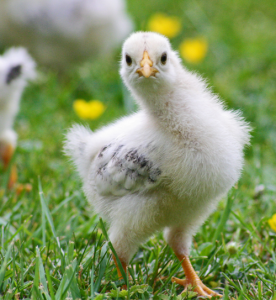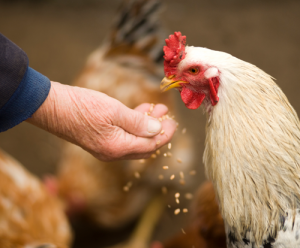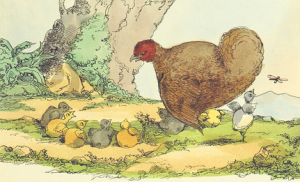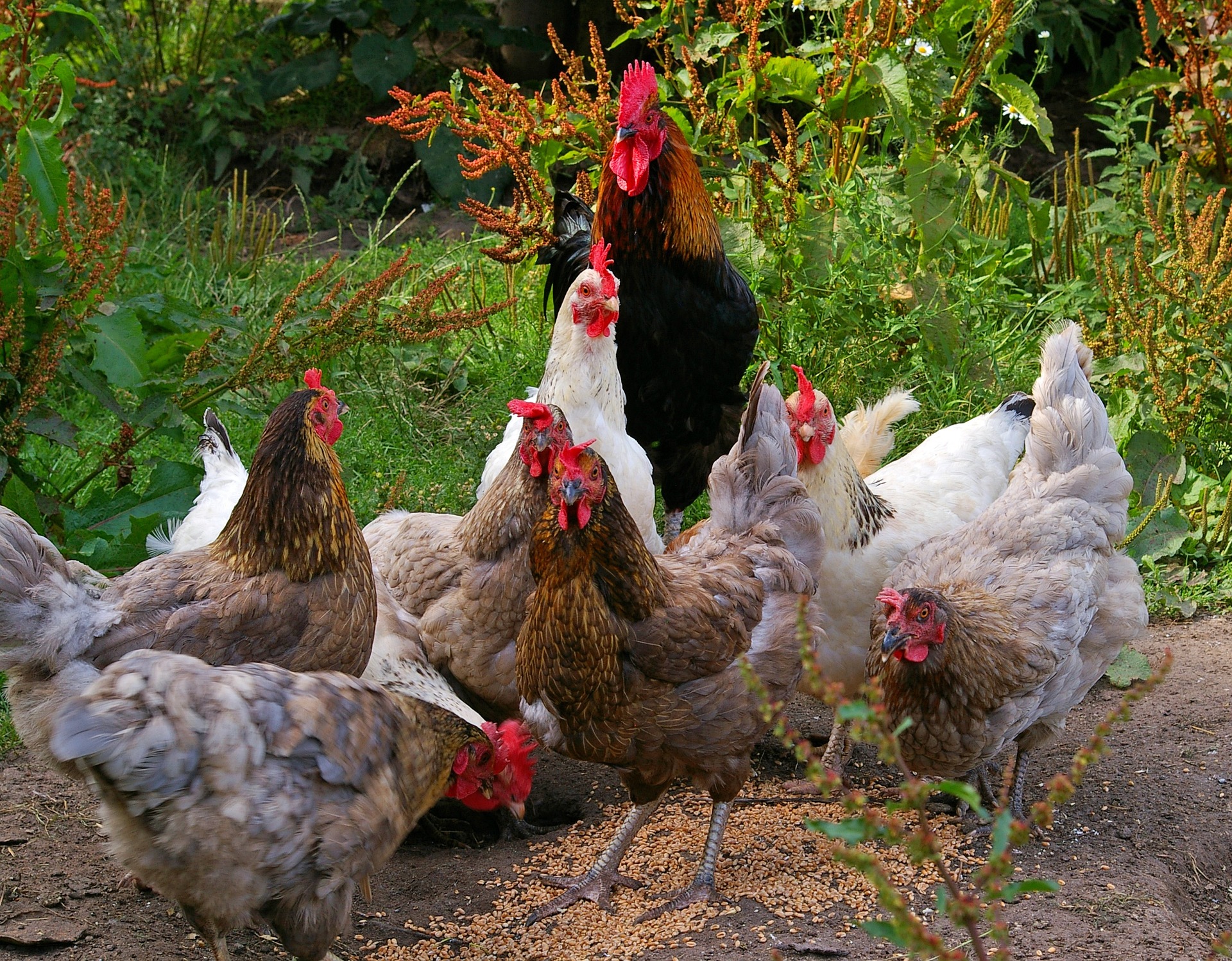Why should anyone ask this question?

The UK House of Commons has decided to reject an amendment that would ensure that UK law recognises that non-human animals are sentient. In other words, the MPs decided to vote against recognising that animals other than humans have feelings. This is a bit jaw-dropping for pet owners. We’re well aware that our pets have feelings. Even if we aren’t always sure what a pet might be feeling at any particular moment, we can tell whether our companion is very uptight, or super-content and relaxed.
British vets are worried. As the BVA (British Veterinary Association) notes, the amendment would have made it clear that governments have to think of animal welfare when they develop policies. True, the UK does have relatively good animal welfare legislation, but there’s more of a risk of standards slipping if the government’s duty isn’t made very clear. This is especially true if food imports flood into the UK from countries with lower farming standards.Unless consumers are prepared to pay more from farms with high standards, some farmers will be tempted to let standards slip.
The UK is a key centre for research on animal welfare, both how to reduce risks of disease and injury, and generally making lives happier for farm animals. There’s plenty of room for improvement, but there’s been a lot of progress in the last two decades, especially in intensive farming.
A big contrast: intensively farmed chickens, vs chickens as pets
Intensive animal farming basically means cramming a lot of animals into a much smaller space than is the norm in traditional farming. Obviously this affects the animals’ health, and the quality of their lives, including how well they get on with one another. Intensive farmers are concerned about physical health, because it affects profits if too many animals die. A lot of research has focused on how to keep animals alive and productive under such conditions. There’s been less work on how to improve the quality of their lives, but the work that has been done is fascinating.
Chickens are the commonest intensively farmed animal worldwide. You might think it obvious that chooks are more likely to fall ill if they spend their days on layers of poo and feathers, and breathing foul air! If thousands of chickens are crammed into a small area, they need clean bedding and ventilation, so they don’t breathe in ammonia and other noxious gases, or suffer from heat stroke in summer. However, it took some serious research to convince policymakers to set minimum standards. The EU Broiler Directive, which came into force in 2010, set standards for ventilation and litter quality.

People have long been concerned about chickens in ‘factory farms’, and more so since chickens became popular as pets. People who keep pet chickenshave to be extra aware of hygiene, with the world wide spread of bird flu. We have to keep food and water containers squeaky clean, and make sure that wild birds can’t access them. Backyard flocks are more at risk from infections passed on by wild birds. Even so, small flocks with plenty of space, clean bedding and access to fresh air, are much less likely to pass on infections to one another than are large flocks crammed into a small area.
Infections aren’t the only health problems that affect intensively farmed chickens. Commercial broiler chickens are designed to put on weight fast, which affects their mobility. Lameness is common, because their bones can’t support their weight. Meanwhile, commercial laying hens have short lives geared to maximum egg production. Once they’re no longer prolific layers, they’re culled, and by this time, most of the hens suffer from osteoporosis.
As if that weren’t bad enough, debeaking is common on intensive farms, to prevent chickens harming one another. Chickens are well known for having a ‘pecking order’, or a hierarchy, which usually means that once each chicken knows its place, they’re less likely to fight. But some modern chickens also pluck out the feathers of other chickens, and even become cannibals. Some breeds are more prone to this behaviour than others, though choosing a ‘placid breed’ is no guarantee of peace in the flock. There’s a lot of variation within breeds, with some strains being more aggressive than others. Some modern chickens, especially breeds developed for meat, are more peaceful than their wild ancestors, but it’s clear that otherbreeds or strains of modern chickens can be more aggressive.
Commercial flocks use the most productive hybrids. Their goal is to keep the chickens best able to convert feed into meat or eggs. When chooks aren’t kept mainly for their usefulness as meat or egg producers, chicken keepers can focus on other qualities, like how well they get on with one another, and how good the chickens are at being mums.
Pet-owners vs farmers?
Pet-owners sometimes look down on farmers as mainly interested in money, and not caring about the animals they’re responsible for. But in the world of chicken keeping, there’s no clear dividing line between people who have chickens as pets, and farmers who have small flocks that have freedom to go outdoors and scratch the ground. Chickens are ‘useful pets’ that give us eggs, while farmers with small flocks get to know their individual hens, just as pet owners do.
Both small farmers and pet owners can contribute a lot to improving the quality of life for chickens. A key welfare issue for broiler chickens is how fast commercial hybrids put on weight. This puts a strain on their skeletons, and birds are likely to be in pain, even if they aren’t obviously lame. Simply choosing different breeds can make a big difference. The same is true for feather pecking, more commonly seen in laying hens and game birds. Choosing more peaceful strains,keeping chickens in small, stable groups with hens raising their young, and enriching their environment by giving them access to pasture, are better options for chickens than debeaking.

Backyard flocks have more chance to express their natural behaviour, whether they’re kept as pets or farm animals. Today’s chickens are descended from red junglefowl from south east Asia. Junglefowl gather in small groups of around six to ten adults. They forage for a mix of grasses, seeds, worms and insects. Allowing chickens to forage naturally is likely to ease boredom, which may contribute to feather pecking. Modern chickens, like junglefowl,also need to dust bathe, which helps clean their feathers. Chickens like to roost high at night, as did their ancestors. Hens like to make shallow nests, and brood their eggs. Chicks raised in a family learn how to find food, cope with threats,and do all the other things that chickens do from watching their mothers.
Chickens are social animals, like humans and dogs. They like being with others from their species, and they learn from one another. Mother hens show empathy for their chicks, and chicks recover from stress better when their mother is present. Backyard flocks, with a mix of ages, are far more similar to a ‘natural’ chicken flock. Just taking chickens out of cages, and putting them in very large groups of the same age on barn floors isn’t enough to allow them to express their social side.
Not all pet chickens and small-farm chickens are raised by their mums. Some people take on ex-laying hens, which may not know how to roost. If chicks don’t learn to roost as youngsters, they tend not to know how as adults. Ex layers can still perk up when they live in better conditions, with natural light, and access to the outside. Other people raise chickens hatched in incubators. It’s not ideal, because these chicks tend to take longer to learn some skills than do than chickens raised in a family, and they’re more likely to be fearful and feather peck as adults. However, chicks are surprisingly precocious and smart. Theycan even do simple arithmetic.
So, chickens are quite complex, smart, social animals. They quite clearly have feelings. Both pet owners and small farmers can give chickens happier lives, which is a responsibility that’s implied in our recognition that chickens are sentient.
What can be done?
The House of Commons vote on animal sentience brought a strong reaction, which seems to have surprised some politicians. There’s a good chance for another amendment on sentience to succeed, and it’s worth checking out and supporting the campaigns of the RSPCA and BVA.
Current regulations don’t really go far enough. Vets have long been concerned about chicken welfare, especially the strain put on broiler chickens by putting on weight so fast. Some people ‘rescue’ ex-layers. Keeping chickens as pets can be fun, but isn’t really a solution. Pet chickens might seem low-maintenance, but they have their own needs, like quite a bit of space, the right food, fresh water in clean containers, and shelter from the elements and predators. Not everyone is able to provide this. What does make a difference is people being prepared to pay more to farmers who try to do the best by their chickens. They deserve our support.
Resources:
Links:
BVA report on sentience vote: https://www.bva.co.uk/news-campaigns-and-policy/newsroom/news-releases/bva—rejection-of-animal-sentience-from-brexit-bill-risks-uk-shortfall-on-high-animal-welfare-standards/
RSPCA report on sentience vote: https://www.rspca.org.uk/whatwedo/latest/details/-/articleName/2017_11_21_AnimalSentience
Defra, Poultry on-farm welfare guidelines: https://www.gov.uk/government/publications/poultry-on-farm-welfare
Book and articles
Dawkins, M., et al (2004)Chicken welfare is influenced more by housing conditions than by stocking density. Nature,427(6972):342-44
Edgar, J., et al (2016) Influences of Maternal Care on Chicken Welfare. Animals, 6 (1):2
Marino, Lori (2017) Thinking chickens: a review of cognition, emotion, and behavior in the domestic chicken. Animal Cognition, 2017; 20(2): 127–147.
Mills (D) et al (2010) The Encyclopedia of Applied Animal Behaviour and Welfare. Cabi
Rugani R., et al (2017) A strategy to improve arithmetical performance in four day-old domestic chicks (Gallus gallus). Science Reports, 7(1):13900. doi: 10.1038/s41598-017-13677-6.
